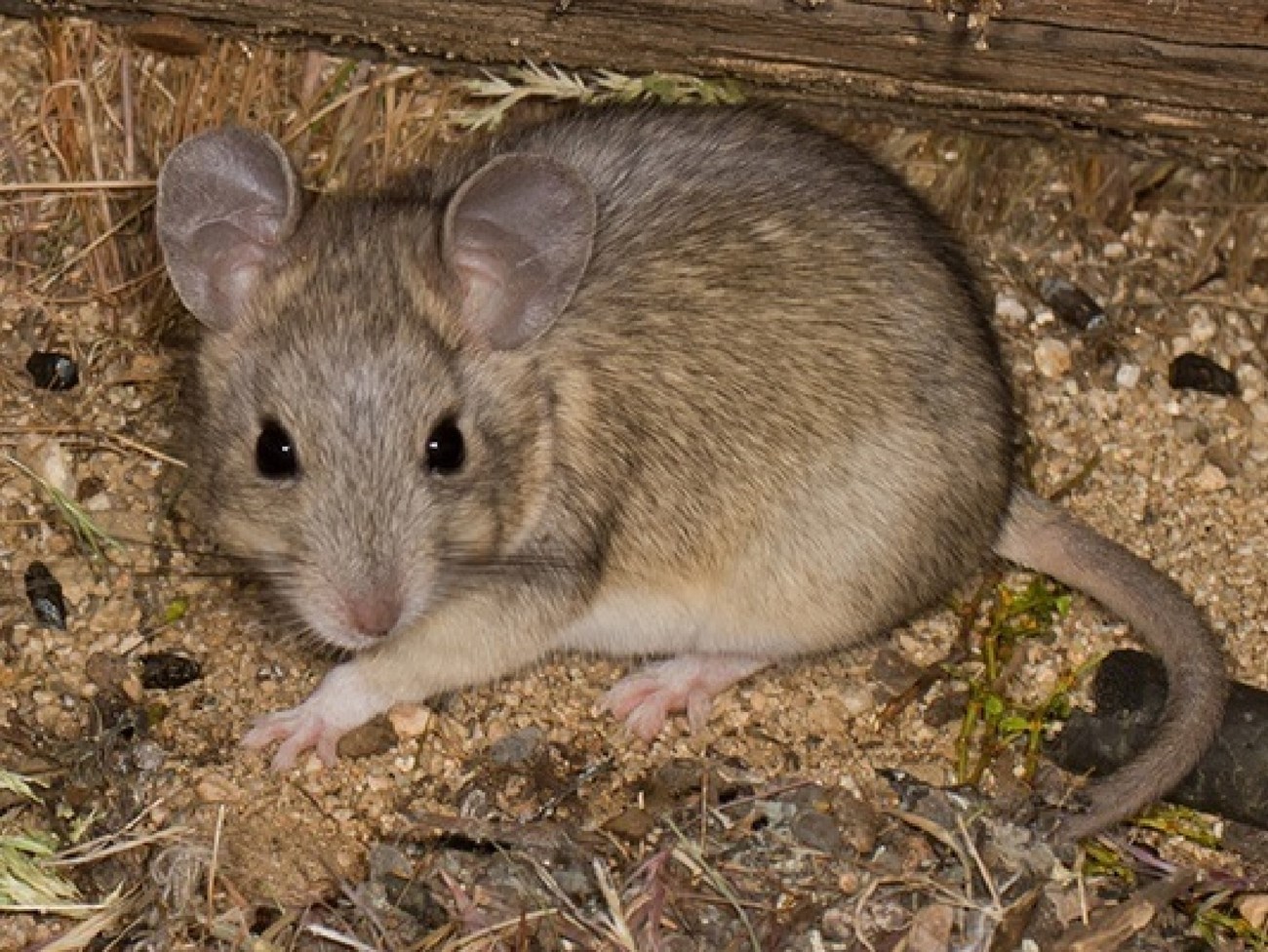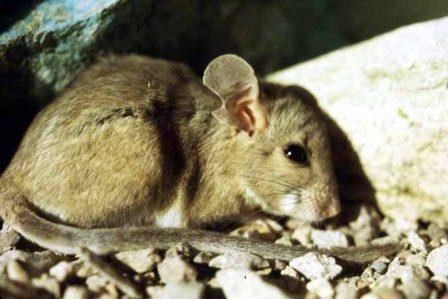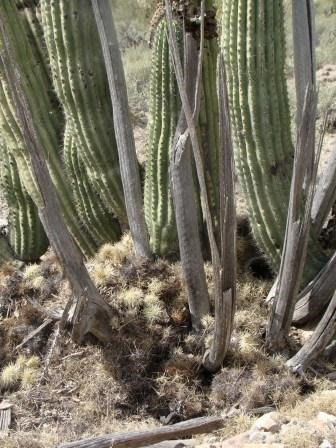
NPS photo 
NPS Photo A Hardy Desert RodentOtherwise known as the white-throated woodrat, the packrat is a medium sized rodent which can weigh upwards of 1 pound. The packrat has big ears, big eyes, and a short tail. The hair on the packrat’s throat is completely white, while the rest of the body is covered in a dark gray fur. The packrat can be found all throughout Organ Pipe Cactus National Monument, where it prefers to live on the desert floors or up on the rocky slopes of the mountains. Packrats are not able to regulate their own body heat, and rely on the heat of the sun and the coolness of the earth to maintain a normal body temperature. Packrats will live mostly on a diet of mesquite beans, palo verde seeds, green plants, and cactus, preferring prickly pears and chollas. These plants not only provide food, but also provide almost all the water that is needed to survive. Occasionally, packrats have been seen eating insects or other meat. Packrats usually gather their food at night, eating food and carrying some back to either store for later use, or use the food to further build the den. 
NPS Photo. Scott Babinowich The Sonoran Desert's Unlikely CuratorPackrats are famous for these dens, which can also be called packrat middens. Middens are made out of anything the packrat could scavenge, including sticks, cactus parts, animals waste, car keys, garbage, and are usually tucked away in a sheltered area at the base of prickly pear, Organ Pipe Cactus, or among rock boulders. The midden acts as insulation for the packrat nest, which lies underground but remains close to the surface. In most cases, you will see middens covered with cholla joints, serving mainly as insulation, but also serve as a defense against coyotes who like to dig up the nests. Several entrance holes are dug, providing for a quick escape should snakes enter the midden. Packrats live alone, unless the female has young. Evidence suggests that packrats will keep their middens in their family, by passing it down from generation to generation. It seems as if the females remain control of the midden, passing down the nest through female offspring. Due to this constant use, some packrat middens have been dated to over 1000 years in age. The middens have become a great archeological resource, allowing for the monitoring of changing climates, ecosystems, and human activity. More About Sonoran Desert Plants |
Last updated: July 29, 2023
